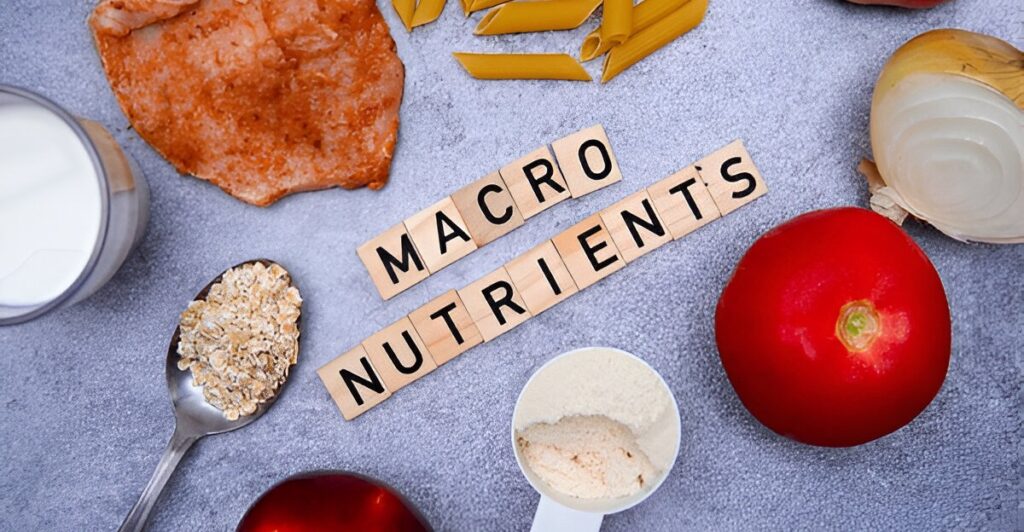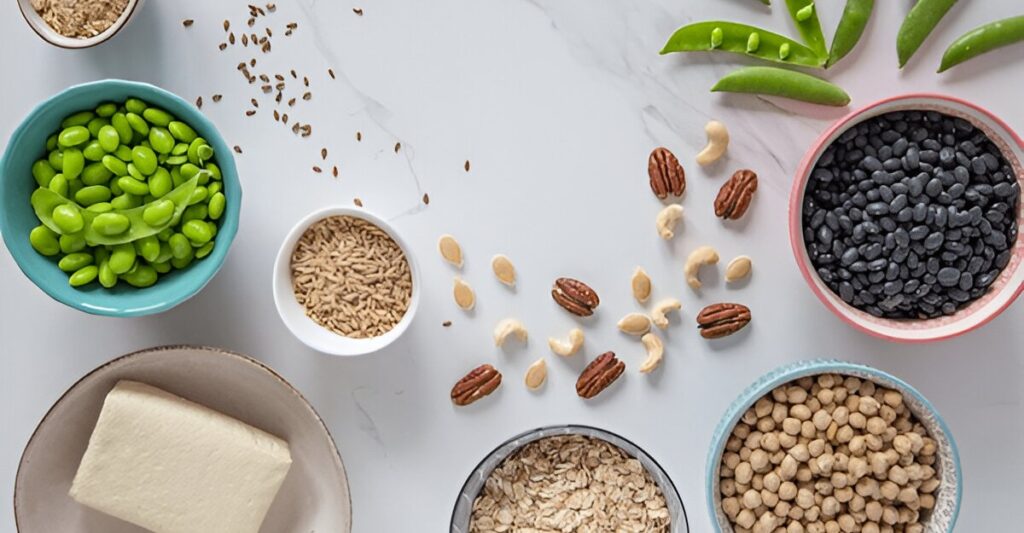The glycemic index (GI) is a powerful tool for managing blood sugar, improving energy levels, and supporting overall health. Whether you’re navigating diabetes, aiming for weight loss, or simply seeking sustained energy, understanding the glycemic index can transform your approach to food. This beginner-friendly guide breaks down what the glycemic index is, why it matters, and how to incorporate low-GI foods into your diet for lasting benefits.
What Is the Glycemic Index?
The glycemic index is a scale from 0 to 100 that measures how quickly carbohydrate-containing foods raise blood sugar levels. Foods are ranked based on how they compare to a reference food, typically pure glucose (which has a GI of 100). The faster a food spikes blood sugar, the higher its GI score.
- Low GI: 55 or less (e.g., lentils, apples, oats)
- Medium GI: 56–69 (e.g., brown rice, sweet potatoes)
- High GI: 70 or more (e.g., white bread, sugary cereals)
Low-GI foods digest and absorb more slowly, leading to gradual blood sugar increases, while high-GI foods cause rapid spikes, often followed by energy crashes. By focusing on low-GI choices, you can stabilize blood sugar, curb cravings, and maintain steady energy.
Why the Glycemic Index Matters
Understanding the glycemic index is key to making informed dietary choices. Here’s why it’s worth your attention:
1. Blood Sugar Management
For people with diabetes or prediabetes, low-GI foods help prevent dangerous blood sugar spikes. Even if you don’t have these conditions, stable blood sugar reduces fatigue, irritability, and hunger pangs.
2. Weight Management
Low-GI foods are often more filling, helping you feel satisfied longer. This can reduce overeating and support weight loss or maintenance goals. Studies suggest that low-GI diets may enhance fat loss compared to high-GI diets.
3. Heart Health
High-GI diets are linked to increased risks of heart disease due to their impact on blood sugar and insulin levels. Choosing low-GI foods can improve cholesterol levels and reduce inflammation, promoting cardiovascular wellness.
4. Sustained Energy
Ever feel sluggish after a high-carb meal? High-GI foods can cause energy spikes followed by crashes. Low-GI foods provide a steady energy release, making them ideal for busy days or workouts.
How to Use the Glycemic Index in Your Diet
Incorporating the glycemic index into your eating habits doesn’t mean overhauling your diet overnight. Here are practical tips to get started:
1. Prioritize Low-GI Foods
Fill your plate with low-GI staples like:
- Whole grains: Quinoa, barley, or whole-grain pasta
- Legumes: Chickpeas, black beans, lentils
- Fruits: Berries, apples, pears
- Vegetables: Broccoli, spinach, zucchini
- Nuts and seeds: Almonds, chia seeds
These foods are nutrient-dense and keep blood sugar in check.
2. Pair High-GI Foods Wisely
You don’t need to avoid high-GI foods entirely. Pair them with protein, healthy fats, or fiber to slow digestion and lower the meal’s overall GI. For example, spread avocado on white bread or add grilled chicken to white rice.
3. Watch Portion Sizes
Even low-GI foods can raise blood sugar if eaten in large amounts. Practice portion control, especially with carb-heavy foods like pasta or potatoes.
4. Consider Glycemic Load
The glycemic index measures quality, but glycemic load (GL) accounts for both quality and quantity. GL considers the GI and the amount of carbohydrates in a serving. For example, watermelon has a high GI but a low GL due to its low carb content, making it a smart choice in moderation.
5. Cook Smart
How you prepare food affects its GI. For instance, al dente pasta has a lower GI than overcooked pasta. Cooling cooked starches like potatoes or rice can also lower their GI by forming resistant starch.
Common Myths About the Glycemic Index
Despite its benefits, the glycemic index is often misunderstood. Let’s debunk some myths:
- Myth: All high-GI foods are unhealthy. Truth: Some high-GI foods, like watermelon or carrots, are nutrient-rich. Context and portion size matter.
- Myth: Low-GI diets are only for diabetics. Truth: Anyone can benefit from stable blood sugar, from athletes to busy professionals.
- Myth: The GI is the only factor to consider. Truth: Nutrient density, calories, and overall balance are equally important.
Who Should Use the Glycemic Index?
The glycemic index is especially helpful for:
- People with diabetes or insulin resistance
- Those aiming for weight loss or better appetite control
- Athletes seeking sustained energy for performance
- Anyone wanting to avoid energy crashes and improve focus
However, it’s not a one-size-fits-all solution. Consult a dietitian if you have specific health conditions or dietary needs.
Low-GI Meal Ideas to Try
Ready to put the glycemic index into action? Here are some delicious, low-GI meal ideas:
- Breakfast: Greek yogurt with berries, chia seeds, and a sprinkle of oats
- Lunch: Quinoa salad with chickpeas, avocado, and leafy greens
- Dinner: Grilled salmon with roasted sweet potatoes and steamed broccoli
- Snack: Apple slices with almond butter or a handful of walnuts
Final Thoughts
The glycemic index is more than a number—it’s a practical guide to smarter eating. By choosing low-GI foods, pairing them strategically, and considering glycemic load, you can take control of your blood sugar, energy, and overall health. Start small by swapping high-GI snacks for low-GI alternatives, and you’ll likely notice a difference in how you feel.
Want to dive deeper? Experiment with low-GI recipes or consult a nutritionist to tailor the approach to your lifestyle. Your body will thank you for it!


